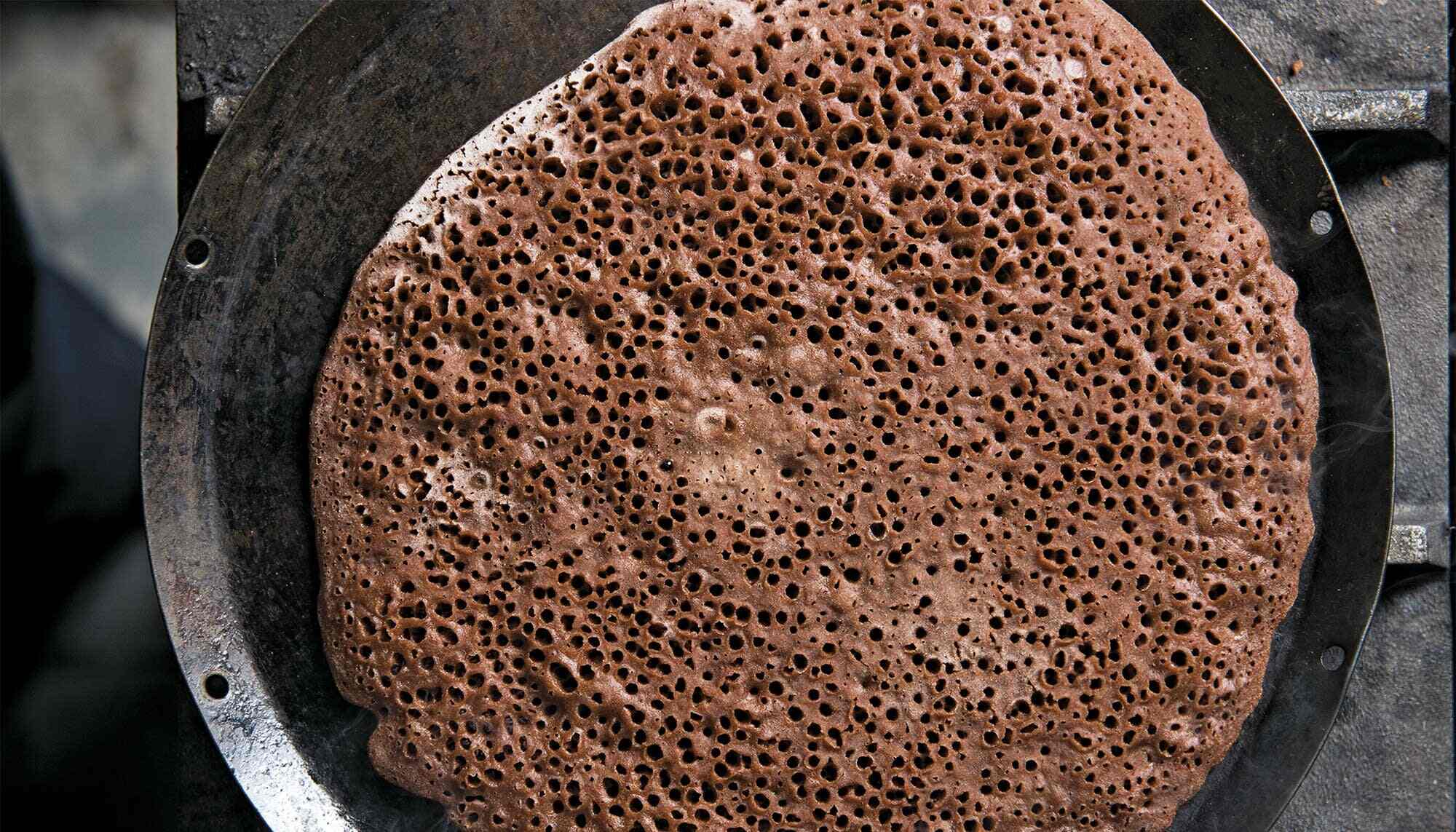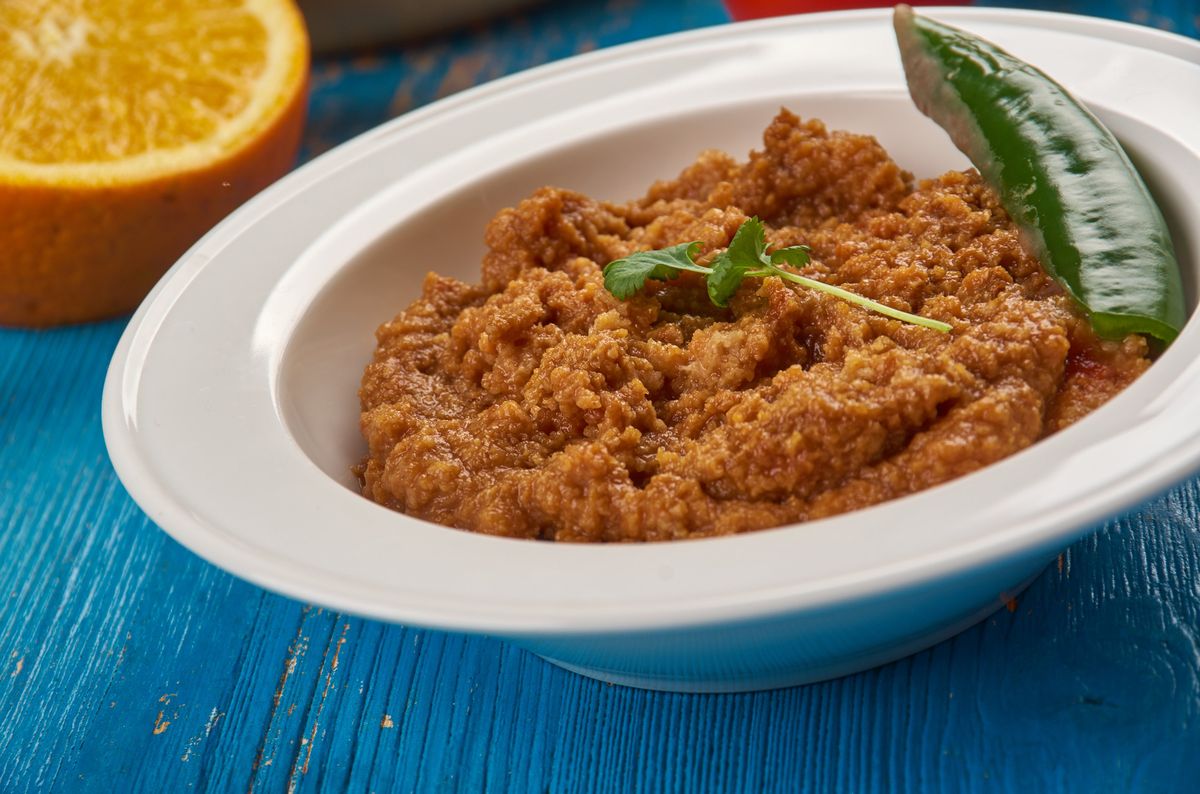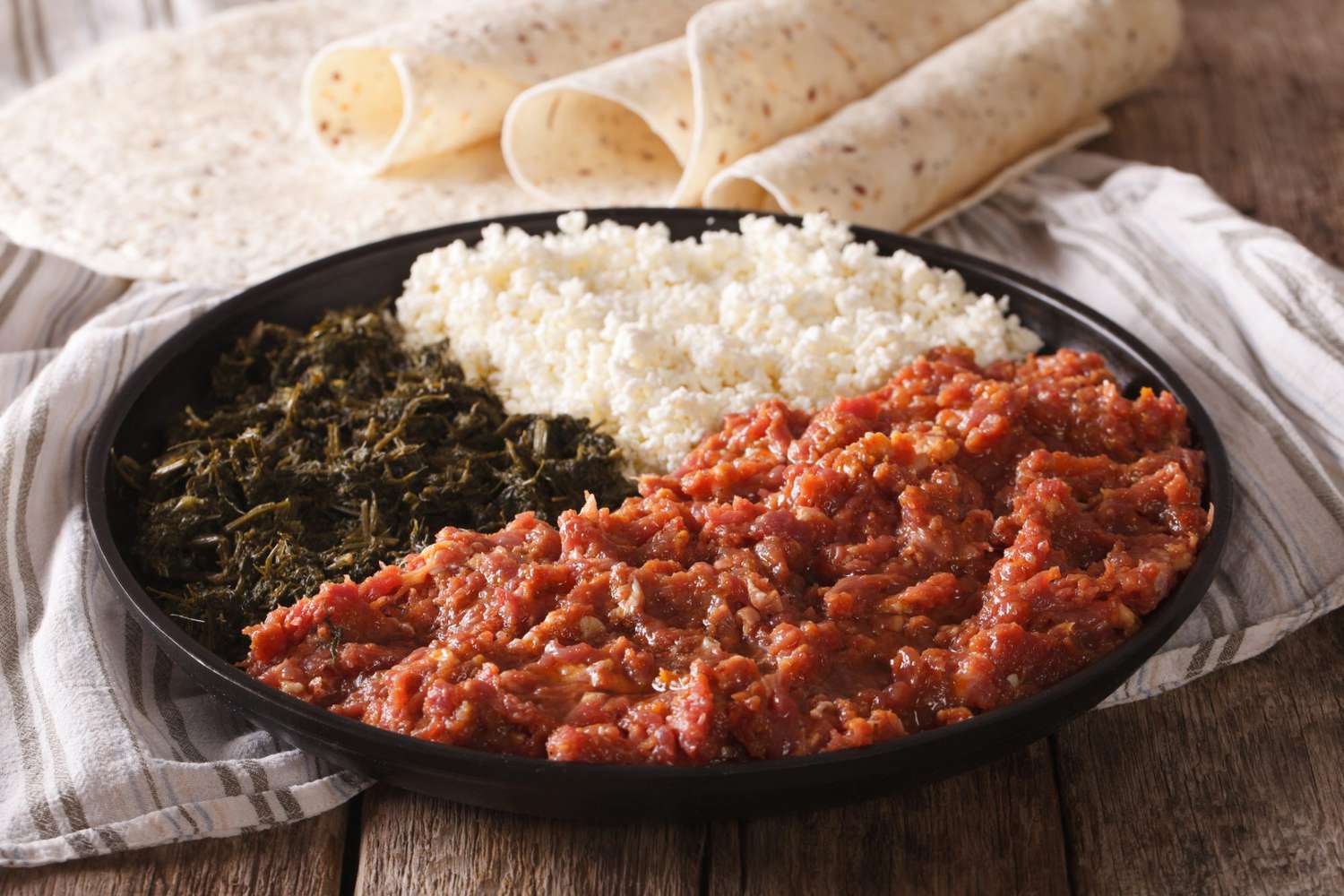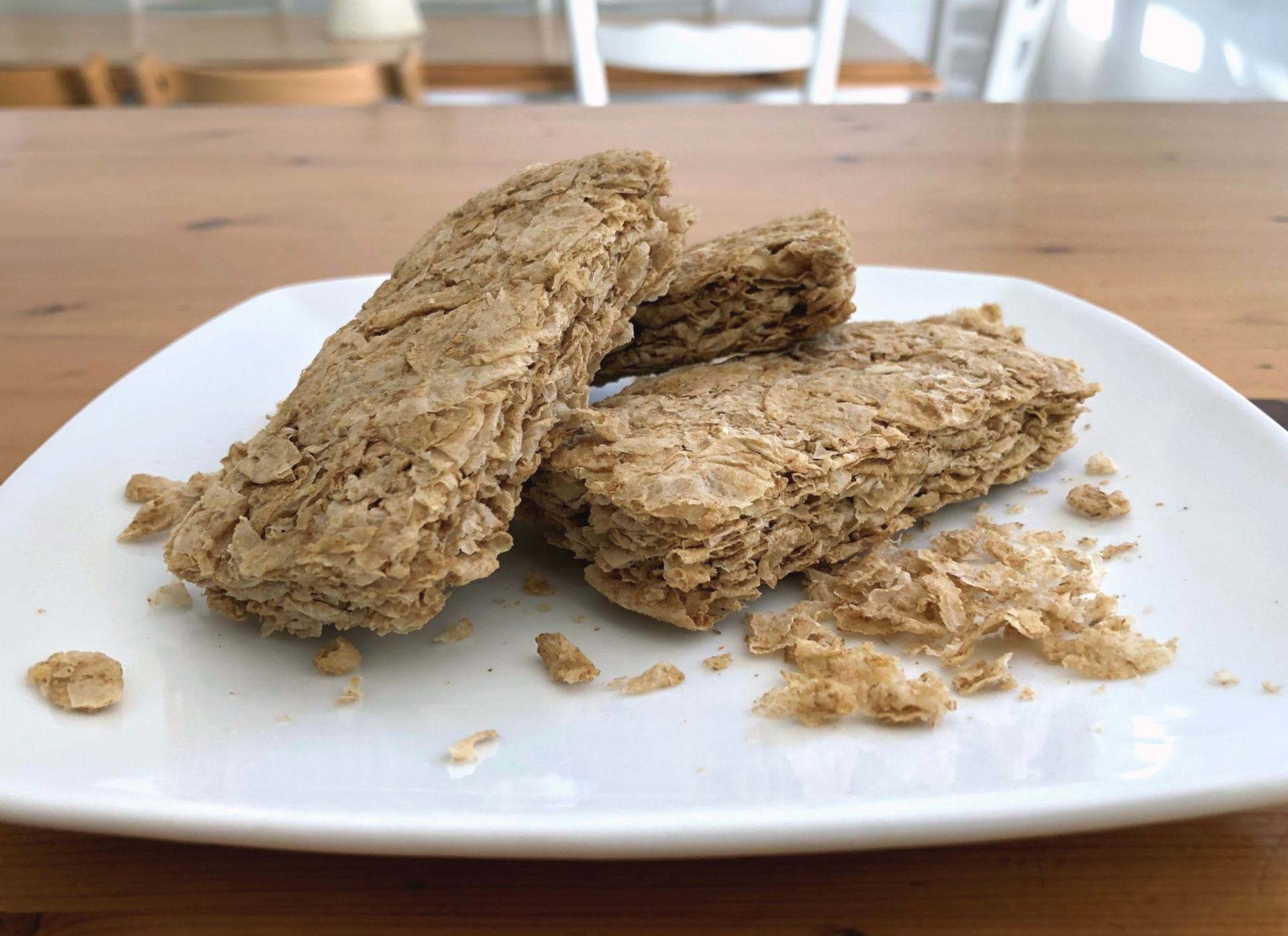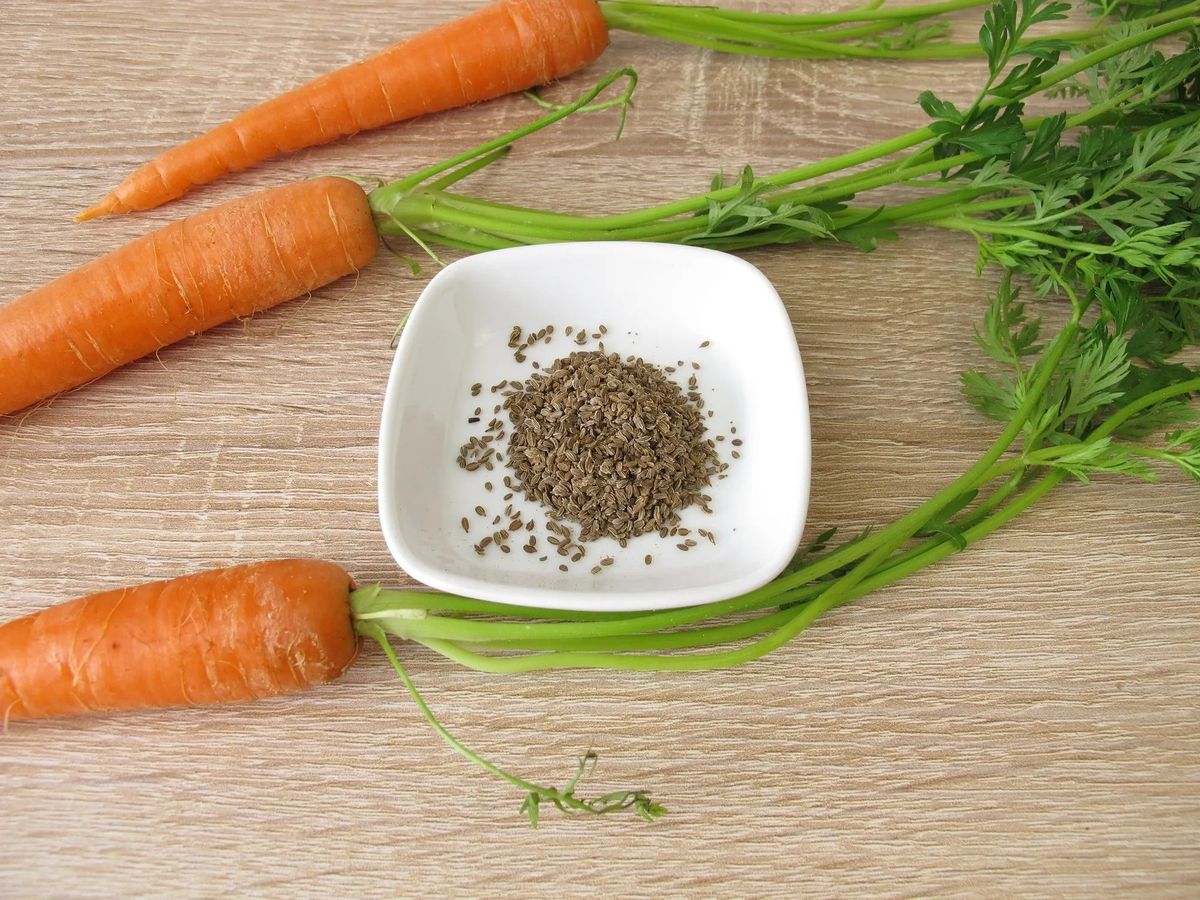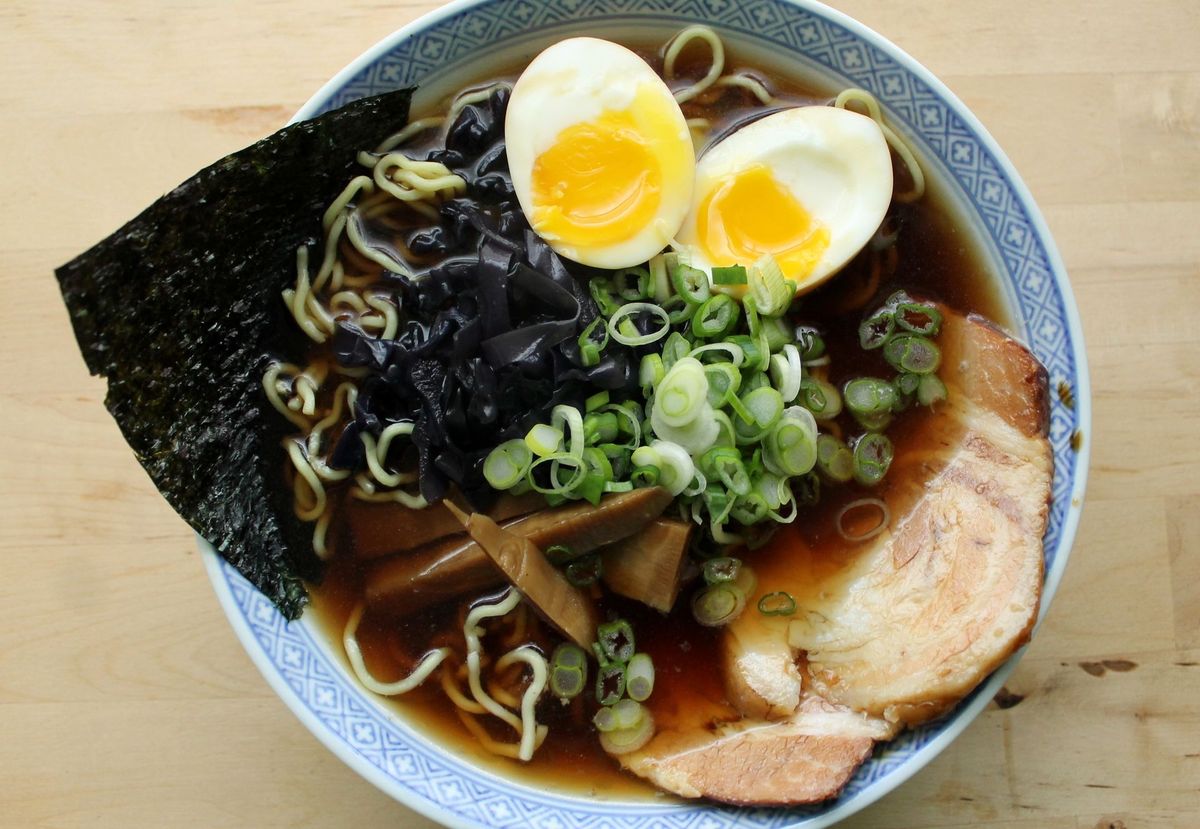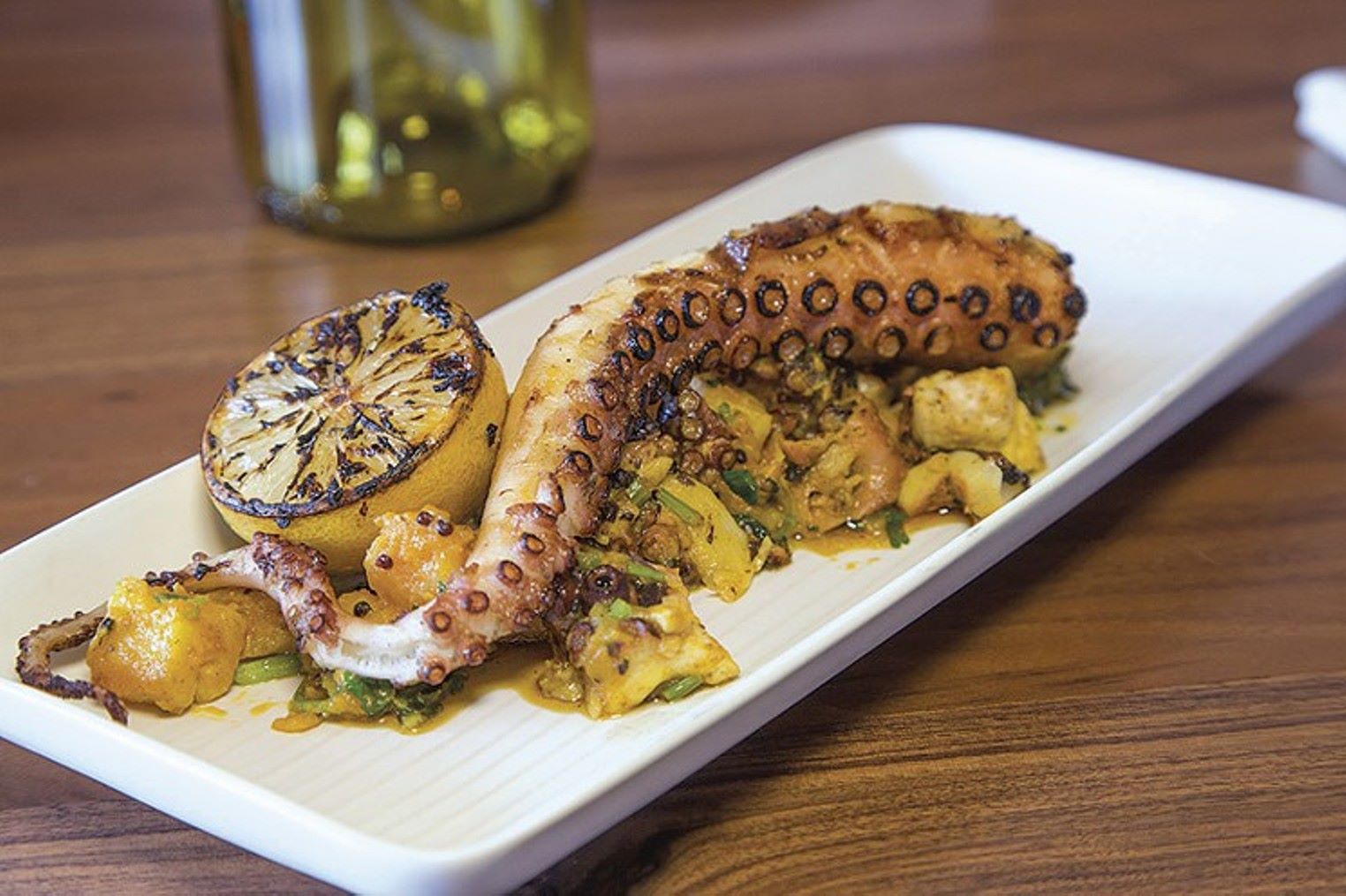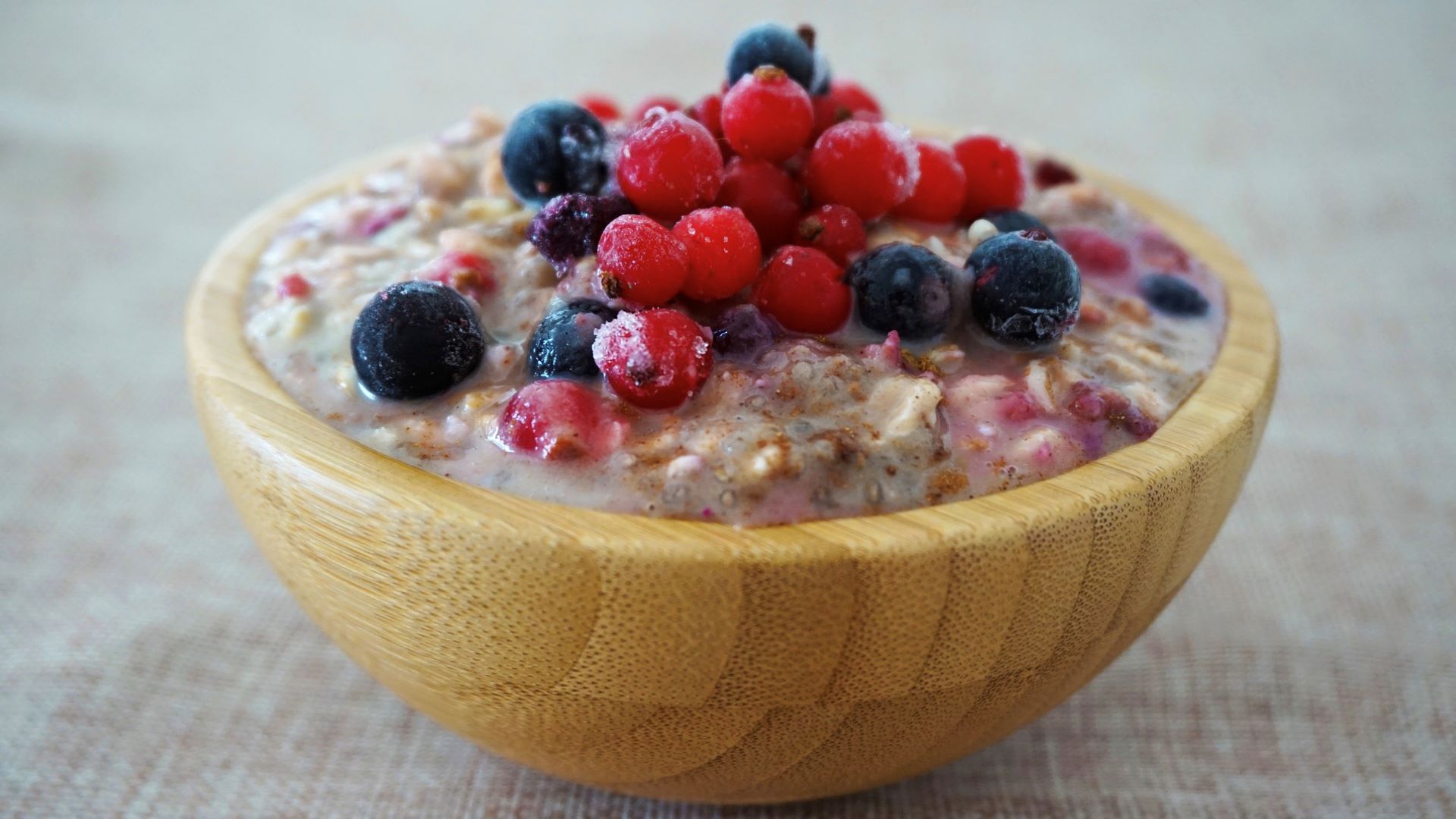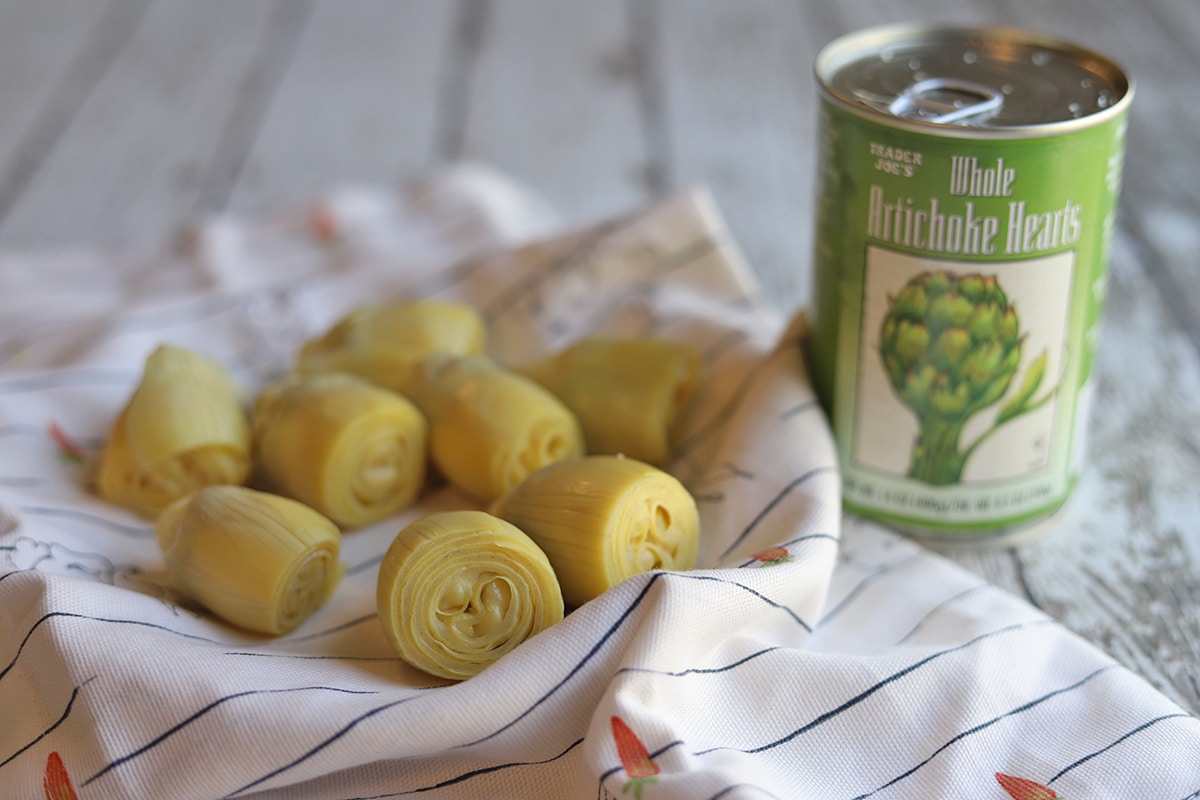How to Enjoy Injera: A Guide to Eating Ethiopia’s Staple Food
When it comes to Ethiopian cuisine, one cannot help but think of the delicious and unique flatbread known as injera. Injera is not just a staple food in Ethiopia, but it is also a central part of the dining experience. If you’re new to Ethiopian cuisine or simply want to learn more about how to eat injera, this guide is for you.
What is Injera?
Injera is a sourdough flatbread made from teff flour, which is a gluten-free grain native to Ethiopia. The batter is fermented for a few days, giving the injera its signature tangy flavor. The texture is spongy and porous, making it perfect for soaking up the flavors of the various dishes it is served with.
How to Eat Injera
Now that you know what injera is, let’s dive into the proper way to eat it. Whether you’re dining at an Ethiopian restaurant or trying your hand at cooking Ethiopian food at home, here are some tips for enjoying injera:
- Use Your Hands: In Ethiopian culture, it is customary to eat with your hands. Tear off a piece of injera with your right hand and use it to scoop up the stews and dishes on the communal platter.
- Embrace the Communal Dining Experience: Ethiopian meals are often served on a large platter with a variety of dishes arranged on top of a large piece of injera. Diners sit around the platter and share the food, creating a sense of community and togetherness.
- Explore Different Flavors: Injera is typically served with a variety of dishes, such as spicy lentils, savory stews, and flavorful vegetables. Don’t be afraid to experiment with different flavor combinations and try a bit of everything.
- Appreciate the Texture: The spongy texture of injera is perfect for soaking up the rich sauces and flavors of the accompanying dishes. Take your time to savor the unique texture of the injera as you enjoy your meal.
- Finish with a Clean Bite: In Ethiopian dining etiquette, it is polite to finish your meal with a clean bite of injera. This means using the last piece of injera to wipe your plate clean, ensuring that no food goes to waste.
Pairing Injera with Beverages
When it comes to beverages, injera pairs well with traditional Ethiopian drinks such as tej (honey wine) or coffee. The slightly sour and tangy flavor of injera complements the sweetness of tej, while the rich and bold flavors of Ethiopian coffee provide a perfect contrast to the bread’s tanginess.
Conclusion
Eating injera is not just about nourishing the body; it’s also a cultural experience that brings people together. By embracing the communal dining style and savoring the unique flavors and textures of injera, you can truly appreciate the beauty of Ethiopian cuisine. So, the next time you have the opportunity to enjoy a meal with injera, remember these tips and savor every bite.
Whether you’re a seasoned injera enthusiast or a newcomer to Ethiopian cuisine, there’s always something new to discover and enjoy about this beloved flatbread.
More Delicious Recipes Featuring Injera
Having mastered the art of eating Injera, you're now perfectly primed to explore a variety of delectable recipes that incorporate this versatile bread. For a traditional experience, Traditional Doro Wat with Injera Recipe is highly recommended due to its rich flavors and historical significance in Ethiopian cuisine. If you're looking for something quick and satisfying, Creative Injera Tacos Recipe offer a creative fusion that's both easy to prepare and delightful. For those with a penchant for vegetarian dishes, the Hearty Misir Wat with Injera Recipe is a must-try, providing a hearty meal that is both nutritious and packed with flavor. Each recipe offers a unique way to enjoy Injera, ensuring your culinary skills are not only broadened but also deeply enriched.
